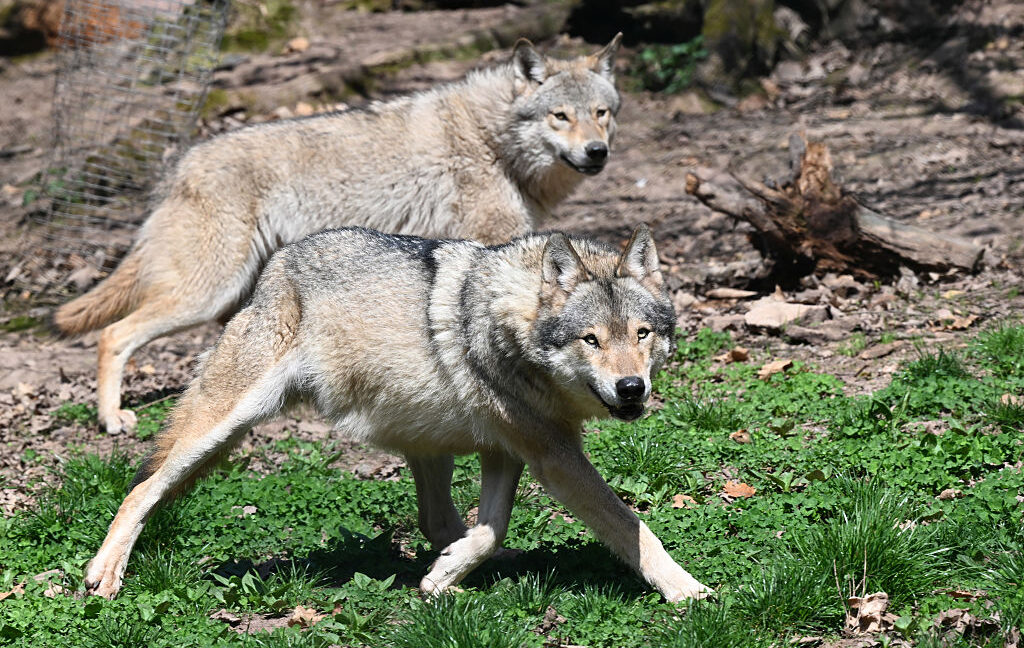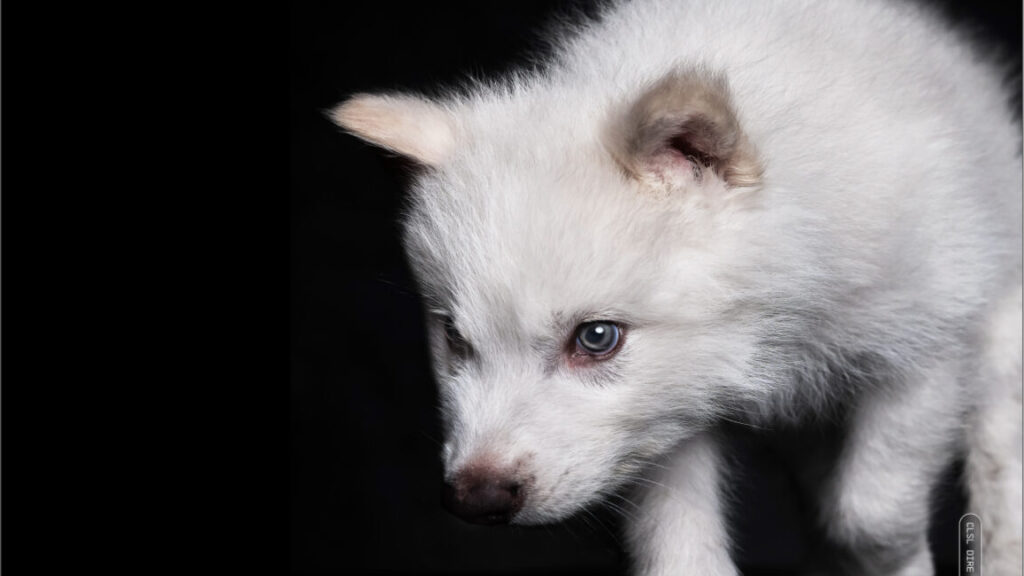Even with protections, wolves still fear humans
This quickly became an issue, at least for some people. Mieczysław Kacprzak, an MP from Poland’s PSL Party, currently in the ruling coalition, addressed the parliament in December 2017, saying that wolves were roaming suburban roads and streets, terrorizing citizens—in his view, a tragedy waiting to happen. He also said children were afraid to go to school because of wolves and asked for support from the Ministry of Agriculture, which could lift the ban on hunting. An article in “Łowczy Polski,” a journal of the Polish hunting community with a title that translates as “The Polish Huntsman,” later backed these pro-hunting arguments, claiming wolves were a threat to humans, especially children.
The idea was that wolves, in the absence of hunting, ceased to perceive humans as a threat and felt encouraged to approach them. But it was an idea that was largely supported by anecdote. “We found this was not the case,” says Liana Zanette, a biologist at Western University and co-author of the study.
Super predators
To figure out if wolves really were no longer afraid of humans, Zanette, Clinchy, and their colleagues set up 24 camera traps in the Tuchola Forest. “Our Polish colleagues and co-authors, especially Maciej Szewczyk, helped us set those traps in places where we were most likely to find wolves,” Zanette says. “Maciej was literally saying ‘pick this tree,’ or ‘this crossroads.’” When sensors in the traps detected an animal nearby, the system took a photo and played one of three sounds, chosen at random.
The first sound was chirping birds, which the team used as a control. “We chose birds because this is a typical part of forest soundscape and we assumed wolves would not find this threatening,” Clinchy says. The next sound was barking dogs. The team picked this one because a dog is another large carnivore living in the same ecosystem, so it was expected to scare wolves. The third sound was just people talking calmly in Polish. Zanette, Clinchy, and their colleagues quantified the level of fear each sound caused in wolves by measuring how quickly they vacated the area upon hearing it.
Even with protections, wolves still fear humans Read More »

